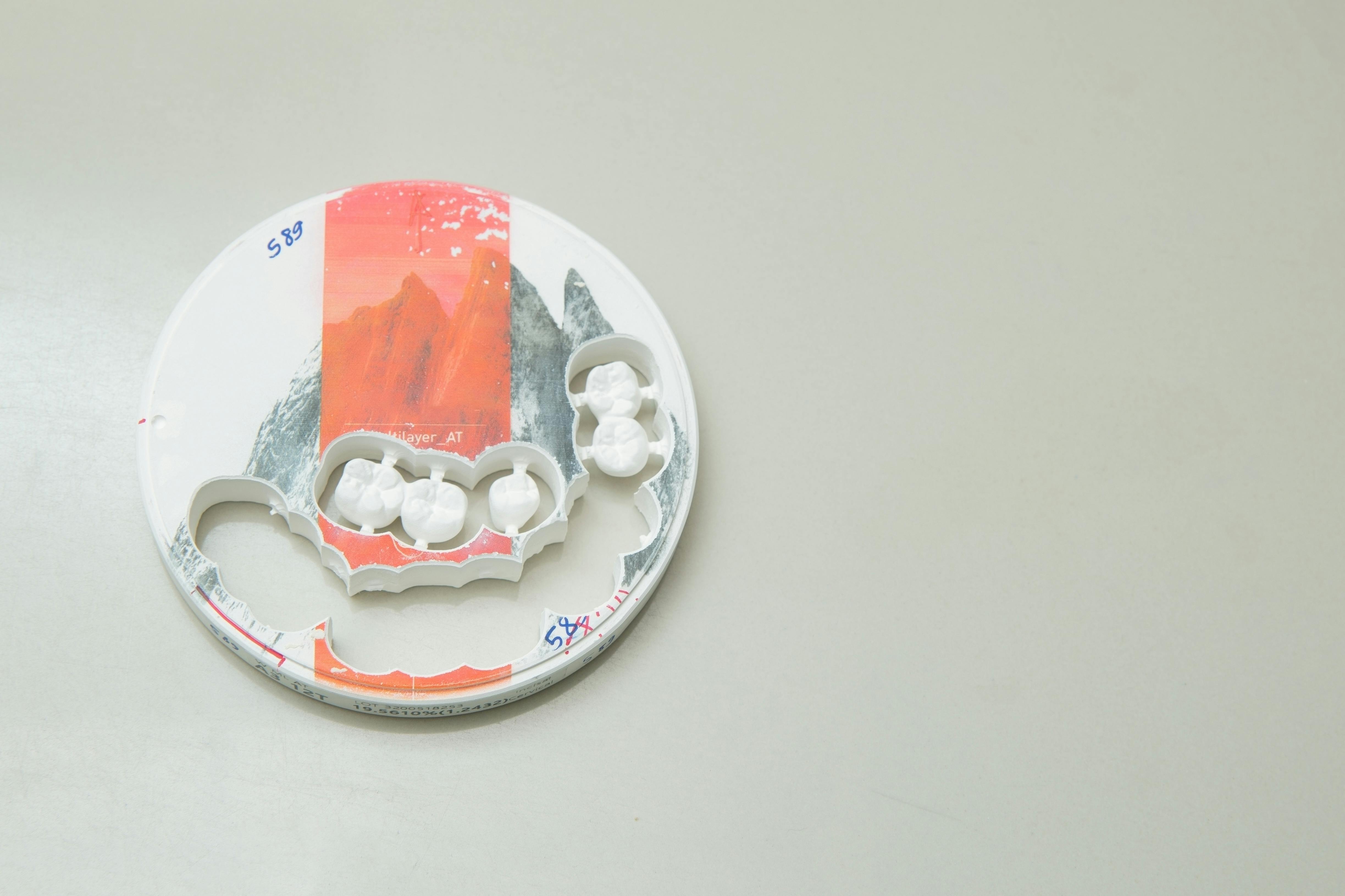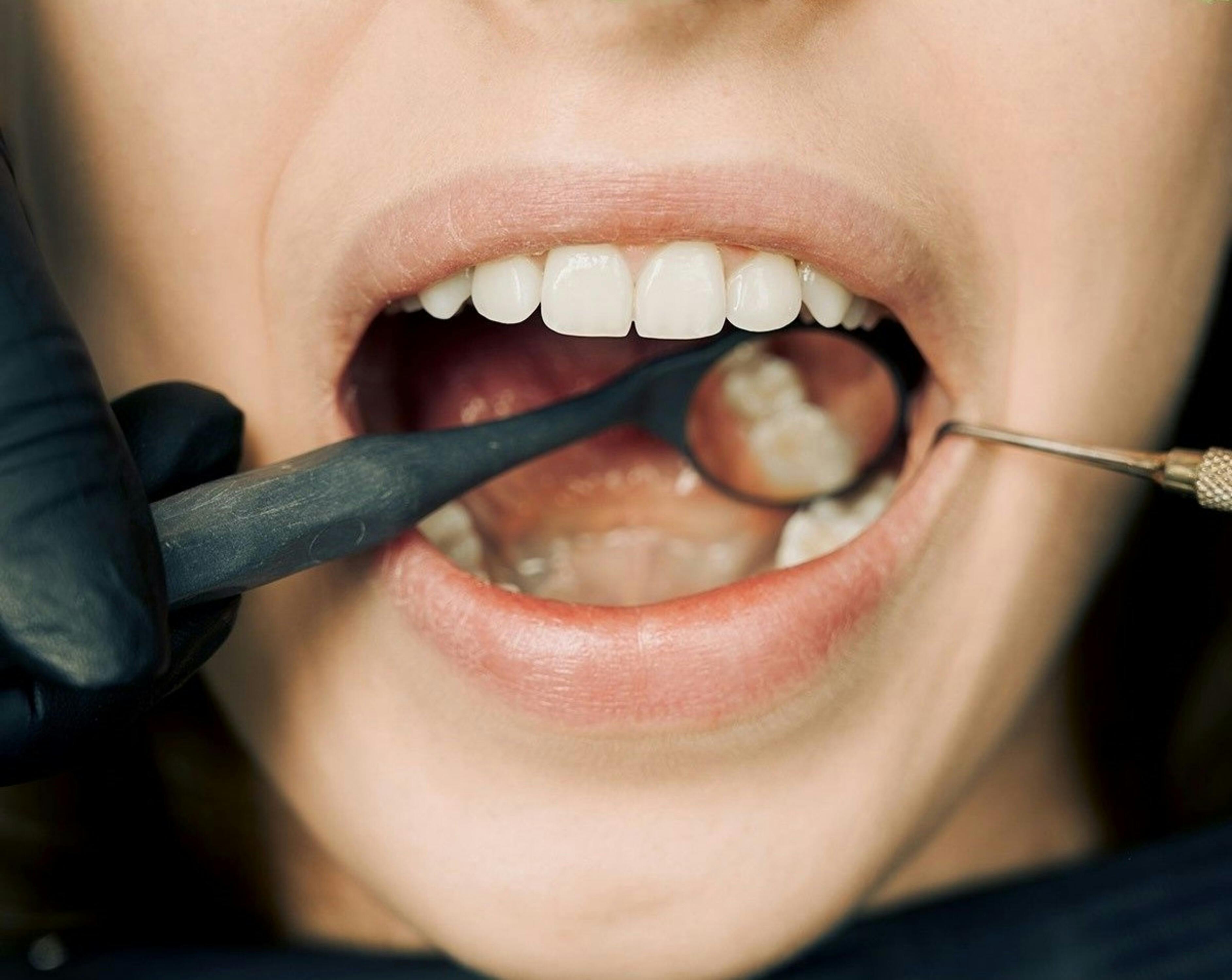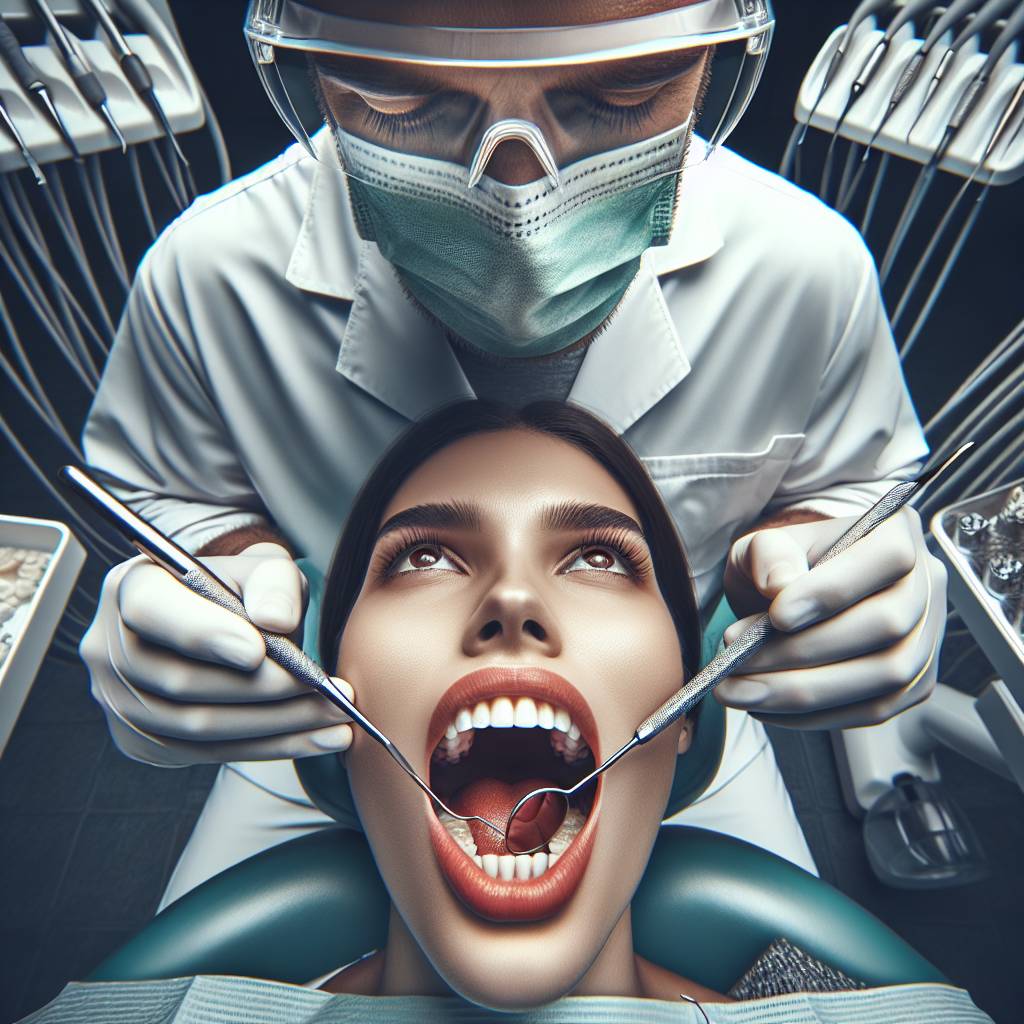Crowded teeth can be an unsightly problem, but they can also lead to more serious oral health issues. Fortunately, dentists have a variety of methods available to help fix crowded teeth and restore the health and appearance of your smile. In this article, we’ll discuss the various approaches dentists use to fix crowded teeth and how you can improve your chances of successful treatment.Crowded teeth are a condition in which too many teeth exist in the dental arch or the available space for them is inadequate. This can cause a misalignment of the teeth so that they overlap or appear to be crowded together. Crowded teeth can be caused by genetics, poor oral hygiene, or thumb-sucking during childhood. In some cases, orthodontic treatment may be necessary to correct the alignment of the teeth and jaw.
Diagnosing Crowded Teeth
Crowded teeth can be a difficult issue to diagnose, as many people may have overlapping or crooked teeth without knowing it. In order to accurately diagnose crowding, it is important for a dentist or orthodontist to take a thorough look at the patient’s mouth. This includes looking at the teeth’s alignment and spacing, as well as examining the jaw and gum tissue to ensure there is no infection or other oral health issues.
The dentist will also use X-rays to get a better look at the teeth and jawbone. X-rays can help determine if there are any impacted or missing teeth, as well as how crooked the teeth are and how much space there is between them. This information can then be used to create a treatment plan that addresses the crowding issue.
If it is determined that crowding is present, then the dentist will discuss potential treatment options with the patient. In some cases, orthodontic appliances such as braces or clear aligners may be recommended in order to realign the teeth and create more space in between them. Other times, tooth extraction may be necessary in order for the teeth to fit properly in the mouth.
In addition to these treatments, dentists may also suggest lifestyle changes such as avoiding certain foods that can cause more crowding or plaque buildup around the teeth. Good oral hygiene habits such as brushing twice daily and flossing regularly are also important for maintaining healthy teeth and gums. By following these steps, patients can help reduce their risk of developing crowded teeth or other oral health issues in the future.
Overall, diagnosing crowded teeth requires both an in-depth physical examination of the mouth as well as X-rays in order to get an accurate assessment of what treatments are necessary for correcting this issue. Once this has been determined by a dentist or orthodontist, they can then discuss potential treatment options with patients so they can make an informed decision on what type of care they need for their smile.
Crowded Teeth
Crowded teeth occur when there is an imbalance between the size of the jawbone and the size of the teeth. This can lead to a number of dental problems, including difficulty with oral hygiene, speech impediments, and long-term orthodontic issues. Crowded teeth can be caused by several factors, including genetics, jaw growth abnormalities, excessive thumb sucking, and premature tooth loss.
Genetics
In many cases, crowded teeth are inherited from one or both parents. If you have a family history of crowded teeth or misaligned jaws, it is likely that you may also develop crowded teeth.
Jaw Growth Abnormalities
Jaws that are too small or too large for their corresponding set of teeth can cause crowding. This can be due to an abnormal growth pattern during development or from injury to the jawbone. Jaw growth abnormalities can also be genetic in nature.
Excessive Thumb Sucking
Excessive thumb sucking during childhood or adolescence can lead to dental crowding due to changes in the shape of the roof of the mouth and misalignment of the upper front teeth.
Premature Tooth Loss
If a baby tooth falls out prematurely before its adult replacement has had time to erupt properly into place, adjacent teeth may shift into the open space and cause crowding.
How Can Dentists Fix Crowded Teeth?
Crowded teeth can cause discomfort and make it difficult to properly brush and floss. Fortunately, there are a number of treatments that a dentist can use to fix crowded teeth and restore the patient’s smile.
The most common treatment for crowded teeth is orthodontic braces. Braces are designed to slowly move the teeth into the desired position, providing a longer-term solution that can be adjusted over time if needed. In addition to traditional braces, clear aligners such as Invisalign can also be used to straighten crowded teeth.
In some cases, a dentist may recommend extracting one or more teeth in order to create more space in the mouth. This is typically done when other treatments are not possible or would take too long. When extracting teeth, dentists must be careful not to cause any lasting damage to surrounding teeth or gum tissue.
Another potential treatment for crowded teeth is crown lengthening. This involves removing some of the gum tissue around the tooth in order to expose more of its surface area and make it easier to move into position with braces or other treatments.
Finally, veneers are another option for fixing crowded teeth. Veneers are thin shells that cover the front of the tooth, hiding any imperfections and creating a uniform look. Veneers can also help strengthen weak or damaged enamel and protect against further decay or damage.
Overall, there are a number of different treatments that dentists can use to fix crowded teeth depending on the severity of the issue and individual patient needs. It is important for patients to work closely with their dentist in order to determine which treatment will best meet their needs and expectations.
Types of Treatments Available for Crowded Teeth
Crowded teeth can be addressed through a variety of treatments, depending on the severity and complexity of the problem. Orthodontic treatment is the most common and effective solution for crowded teeth, but other treatments may be necessary in extreme cases. Orthodontic treatment includes braces, clear aligners, and retainers. Braces use brackets that are attached to the teeth and archwires that guide the movement of teeth into their ideal position. Clear aligners are a removable, less visible alternative to traditional metal braces. Retainers help maintain the new position of teeth after orthodontic treatment has been completed.
In more severe cases of crowded teeth, extraction or surgical intervention may be necessary to create adequate space for orthodontic correction. During an extraction procedure, one or more teeth are removed to create room for others to move into their correct positions. In some cases, surgery may be required to reduce the size of bones or reposition them in order to make room for orthodontic corrections.
In addition to traditional orthodontic treatments, there are other approaches such as veneers and crowns which can be used to treat crowded teeth. Veneers are extremely thin shells made out of porcelain or composite material that cover up the front surface of a tooth and can help correct minor overcrowding issues. Crowns are also used in cases where there is significant overcrowding or misalignment as they can cover up a wide range of dental imperfections with minimal invasiveness.
Overall, there are various treatments available for crowded teeth depending on the severity and complexity of the problem. Orthodontic treatment is generally considered to be the most effective option but there are other alternatives such as veneers and crowns which can also help address problems with overcrowding. In more extreme cases, surgical intervention may be necessary in order to create enough space for orthodontic corrections to take place.

Dental Braces for Crowded Teeth
Dental braces are orthodontic appliances used to correct crowded or crooked teeth. They are used to align the teeth in a straight line and give them an even appearance. Crowded teeth can be difficult to clean and maintain, so straightening them can help with oral hygiene and reduce the risk of decay and gum disease. Braces can also help improve the function of the jaw by bringing the teeth into proper alignment.
The type of braces used for crowded teeth depends on the severity of the case. In mild cases, clear or ceramic braces may be sufficient. These are less visible than traditional metal braces and may be more aesthetically pleasing for some people. In more severe cases, metal braces may be necessary to achieve optimal results.
The process of fitting dental braces usually takes several months or even years, depending on how much work needs to be done. During this time, regular visits to the dentist are required to check on progress and make any necessary adjustments. In addition, special care will need to be taken when cleaning the teeth during treatment with braces as improper brushing techniques can damage them.
Overall, dental braces can help improve both the appearance and function of crowded teeth, making them a worthwhile investment for anyone seeking a healthier smile. With proper care, they can last for many years before needing to be replaced with retainers or other orthodontic appliances.
Invisalign for Crowded Teeth
Invisalign is an advanced orthodontic treatment that can help correct crowded teeth. It uses a series of clear, custom-made aligners to gradually move teeth into the desired position. Unlike traditional braces, Invisalign is virtually invisible, making it an attractive choice for adults and teenagers who are self-conscious about their smile.
Invisalign treatment begins with a consultation with an orthodontist or dentist who will evaluate the patient’s bite and determine if Invisalign is the best treatment option for them. If approved, the practitioner will take digital impressions of the patient’s mouth and create a 3D model. This model is used to design the series of aligners that will need to be worn in order to move teeth into the desired position.
Once this is done, patients receive their personalized set of aligners which must be worn for at least 22 hours per day in order to achieve optimal results. Every two weeks, patients switch out their aligners for a new set that has been designed to move teeth even further into place. This process continues until all of the patient’s teeth have moved into the desired alignment.
The average Invisalign treatment time is usually between nine and fifteen months depending on how much movement needs to be made and how well the patient follows instructions from their practitioner. After treatment is complete, patients are typically given retainers which must be worn at night in order to maintain their newly straightened smile.
If you’re considering Invisalign as a treatment option for crowded teeth, make sure you consult your dentist or orthodontist first in order to determine if this procedure is right for you.
Surgical Treatment for Severely Crowded Teeth
Dental crowding is a common dental problem that can cause difficulty in brushing, flossing, and maintaining good oral hygiene. Severely crowded teeth can also lead to gum disease and other oral health problems. In some cases, surgical treatment may be required to correct the crowding and restore the patient’s dental health. The goal of this type of surgery is to create enough room in the jaw for the teeth to fit properly. It may also involve moving teeth or reshaping bone or tissue.
The most common type of surgical treatment for severely crowded teeth is orthodontic surgery, which involves removing some of the surrounding bone or tissue and reshaping it to create more space in the mouth. In some cases, orthodontic surgery may also involve moving teeth around in order to make them fit better in the mouth. This procedure usually requires several steps and can take several months or more to complete.
Another type of surgical treatment for severely crowded teeth is known as “tooth extraction” or “tooth removal”. This involves removing one or more permanent teeth from the mouth in order to make room for the remaining ones. Tooth extraction can be done under local anesthesia and typically does not cause much discomfort or pain afterwards. However, if a large number of teeth need to be removed, it may require general anesthesia and a hospital stay.
Finally, another option for treating severely crowded teeth is tooth abrasion or grinding down unwanted enamel from the surface of each tooth in order to make them fit better together. This procedure is usually done under local anesthesia and does not require any hospital stay; however, it may take several treatments over a period of time before all of the desired results are achieved.
Surgical treatment for severely crowded teeth can be an effective way to restore your dental health and improve your quality of life. However, it is important to consult with your dentist before beginning any type of procedure as there are risks involved that should be discussed beforehand.

Conclusion
In conclusion, crowded teeth can be fixed by a dentist through a variety of methods. Depending on the severity of the overcrowding, one may opt for braces or an Invisalign treatment. However, if the overcrowding is severe and braces are not an option, dental surgery may be necessary. Regardless of the method used to fix overcrowded teeth, it is important to get professional help from a dentist in order to achieve desired results.
It is also important to remember that crowded teeth are not just aesthetically unpleasing; they can also lead to dental health issues if left untreated for a long period of time. Therefore, it is best to consult with a dentist as soon as possible in order to determine the best course of action for treating overcrowded teeth.

